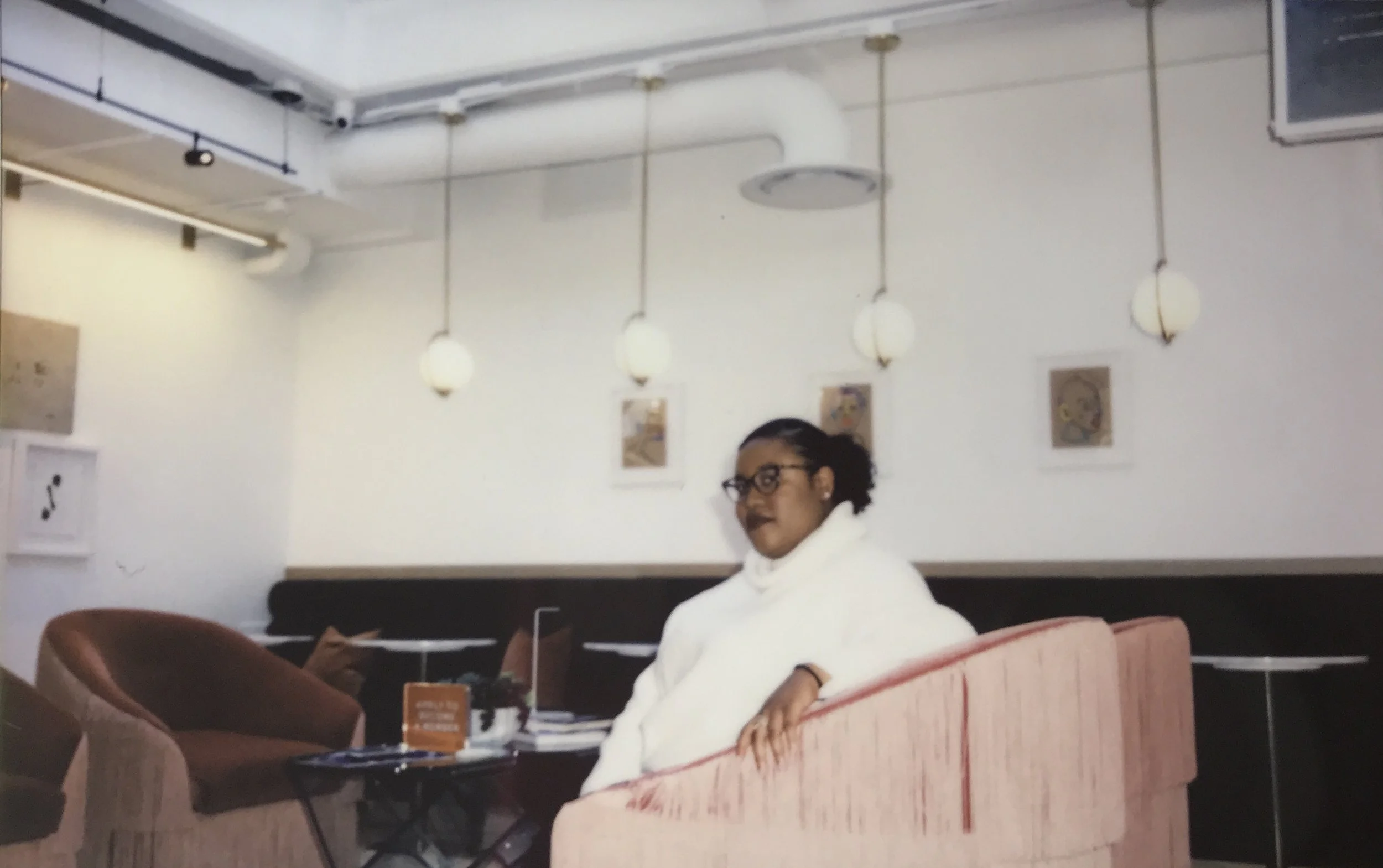Romare Bearden’s autobiographical project, his profile series, was inspired by a profile written on the artist and published in the New Yorker in 1977 titled Putting Something Over Something Else. The original profile described Bearden as “American's leading black painter” and the exhibition expertly displays how this came to be. Inspired by the profile written by Calvin Tomkins, Bearden went on to create a two-part series of collage-paintings documenting his childhood in North Carolina and his experiences as a young artist living in Harlem. The High Museum’s exhibition takes a collection of the colleges produced as part of this series and reassembles them in an immersive, narrative experience. While the presented paintings only make up about two-thirds of the total profile series Bearden crafted, the exhibition is a rare opportunity to see them sat alongside each other, arranged roughly chronologically according to their original dates of presentation, moving from collages featuring Bearden’s early memories to works exploring his development as an artist in New York.
This title and the overarching concept it describes find new life within the High Museum of Art exhibition by the same name. The original article title was inspired by Bearden’s own description of his creative process. He had an understanding of the art of painting being a process of putting one thing over another. This intentional layering is brought to life in a physical sense throughout the gallery space. The physical spacing and arrangement of the Putting Something Over Something Else exhibit lends itself well to the larger idea of a patchworked history; our pasts being a series of events that are artfully strung together, with beginnings, climactic moments, and conclusions. The exhibition, which first opened its doors in 2019, is designed in a way that fits perfectly with the themes and ideas of the works themselves. There exists an interesting relationship between this visual layering and Bearden’s collage practice. The process of adding layers, creating something new by placing something atop another, is not unique to Bearden but deeply intertwined with his work and in the formation of this exhibit. The room itself is laid out in a way that allows for the viewer to see multiple areas of the room at once without moving from one side of the room to the next. By building slanted walls and creating halls and gaps within the space, the exhibit builds an environment in which the viewer can begin “putting something over something else” in their own way and in real time.
We are given an intentionally layered, fragmented and complicated view of his work and a glimpse into the vision of the man himself. Each piece sits alongside their own individual handwritten captions that Bearden concocted with his friend, the writer Albert Murray. In addition to the wall texts written by Bearden and Murray, the exhibit features an original copy of The New Yorker article that inspired the collection. These captions written in collaboration between Bearden and Murray, while seemingly vague and nondescript, are at times the most meaningful glimpses into understanding what Bearden saw in the creation of his work.
The exhibition’s opening piece, School Bell Time (1978), recalls one of Bearden’s earliest memories. His usage of patterns inspired by distinctly African cloth and textile patterns is visible here as the scarf wrapped around the head of the figure standing to the left of the scene is a bright yellow and blue patterned fabric. His relationship with the South as well as his relationship with his elders can be seen unfolding throughout much of the work within the collection.
The idea of early memories, the memories of childhood joys and of familiar feelings that are faded yet still held dear, can be seen throughout Part 1 of the series. In Pittsburg Memories, Farewell Eugene (1978) , Bearden remembers the funeral of an old friend. Bleached pieces of paper are used to create the heads of many of the figures, rendering them blurred images of people as the ones you may see in a dream you can’t quite recall upon waking.
The exhibit is extremely effective in illustrating Bearden’s desire and ability to portray Black life. These pieces artfully illustrate the complexities and overlapping intricacies of a people whose identities are as layered as the physical elements of Bearden’s work. Black artists today are still creating art that deals with the topic of addressing the intersections within our identities. This idea of a multiplicity within Black identity, one which Bearden was intimately familiar as a white-passing Black man, is clearly conveyed. The figures within these images are not just themselves but a layered collage of the African textiles, faded photographs, newspaper clippings and ink splotches that build their form. Black identity, Bearden, American life and art are all uniquely complicated, layered experiences that are skillfully represented here.
